|

The Carver County Water Management Organization is beginning an annual bulletin to update residents on the health and water quality of Burandt Lake. This bulletin will be sent out every summer. If you would also like to receive our monthly newsletter for more frequent updates on our projects and programs, or, if you would like to unsubscribe from our newsletters, please visit: www.carvercountymn.gov/government/e-notifications. We appreciate your interest and dedication to keeping our local lakes healthy!
|
|
Water Quality Updates
Burandt Lake received a C grade for water quality in 2022, which is the same as in 2021. A grade of C means the lake has average water quality with some algae blooms that may make recreation undesirable early and late in the season.
The graph shows water quality results from 2022 for phosphorus and chlorophyll-a concentrations, and transparency measurements. The dashed lines indicate the water quality standards set by the state. Values higher than the standards for phosphorus, chlorophyll-a, or transparency indicate poorer water quality conditions. Lakes are listed as impaired when the average summer values for a given water quality metric are higher than the standard.
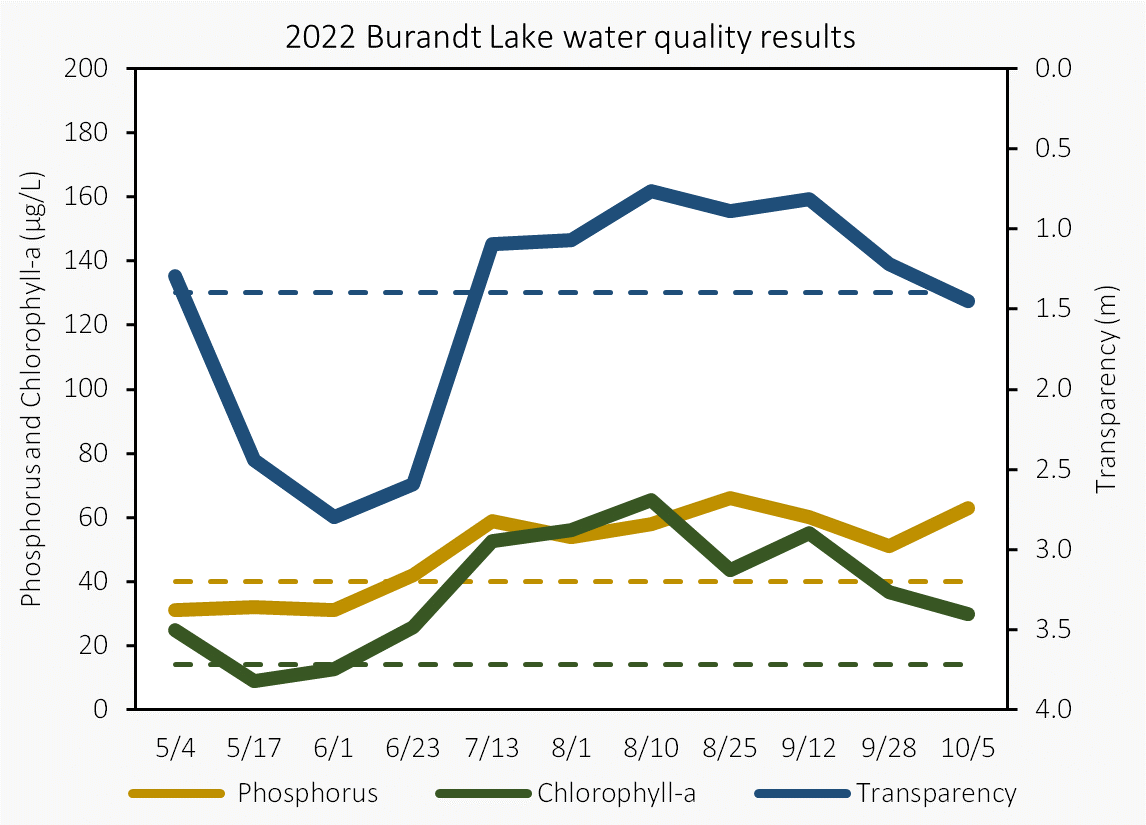 Burandt Lake water quality results from 2022. The phosphorus (yellow) and chlorophyll-a (green) axis is on the left side of the graph, and the transparency (blue) axis is inverted and on the right side of the graph. We want to see each water quality metric line remain below the dashed standard lines for the best lake health.
|
|
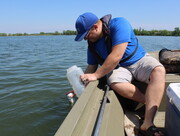 Phosphorus
This nutrient is necessary for lake health, but in high concentrations it can cause algae blooms. Phosphorus levels increased throughout 2022 and exceeded the water quality standard of 40 µg/L by mid-June. Burandt Lake was impaired for phosphorus in 2022 with a summer average of 52.6 µg/L.
|
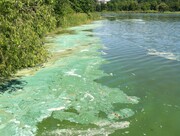 Chlorophyll-a
This compound is produced in plants and is a measurement of how much algae is in the lake. Chlorophyll-a concentrations increased past the water quality standard of 14 µg/L by early-June. Burandt Lake was impaired for chlorophyll-a in 2022 with a summer average of 43.5 µg/L.
|
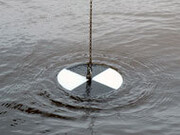 Transparency
We measure transparency using Secchi disks. The deeper into the water the disk is still visible, the higher the transparency value. Transparency was good early in the season, but did not meet the visibility standard of 1.4 m by mid-July. Burandt Lake was not impaired for transparency in 2022 with a summer average slightly higher than 1.4 m.
|
|
Lake Ecosystem Updates
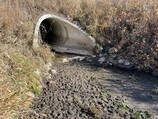
Historic drought
The drought in 2021 was the worst in Minnesota since 1988. This drought continued into 2022 and caused water levels to recede to near historic lows. Record amounts of snow this past winter improved drought conditions in the spring, but now much of Carver County and the state are again experiencing abnormally dry conditions. We will continue to track impacts of this prolonged drought as we monitor our aquatic ecosystems this year.
|
Fish Kills
Have you noticed dead fish on the shores of Burandt Lake this spring? These fish are part of a large fish kill that occurred on Burandt Lake this past winter. Fish kills can occur over winter when lake oxygen levels drop. Usually, plants produce oxygen over winter during photosynthesis that allows life underwater to breathe. However, we had significant snowfalls last winter that covered the ice on the lake and stopped sunlight from reaching the water, preventing photosynthesis from occurring. This likely caused the numerous fish kills across lakes in Carver County. Burandt Lake also suffered from fish kills in the winters of 2020-2021 and 2021-2022.
|
|
Water quality monitoring technicians performed a fish survey in August 2022. The most common fish we sampled were bluegill, yellow bullhead, and black crappie. However, we only collected 120 fish total out of three nets, which was lower than in other Carver County lakes. This is likely a result of the fish kills that occurred the previous two years on the lake. We will continue to monitor fish populations in 2023 to determine the severity of this year's winter fish kill. |
|
Protect Burandt Lake
What can you do to keep Burandt Lake healthy?
The ways we live on and around lakes have large impacts on water quality. Check out this video from the Anoka County Soil and Water Conservation District to see how we impact lake health, and what we can do to ensure we are good stewards of our water.
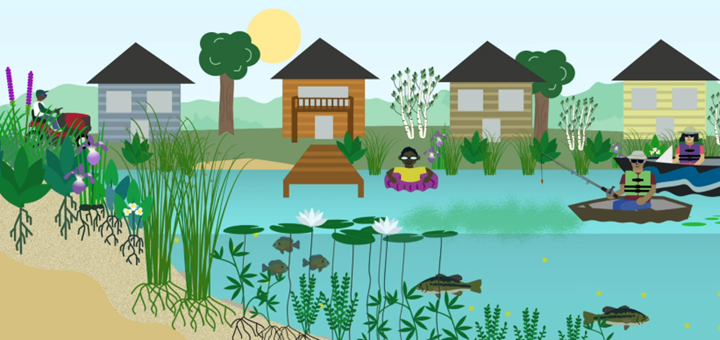
|
|
Turf to Native
Burandt Lake's water quality is highly influenced by Lake Waconia as water flows downstream into Burandt Lake from Lake Waconia. In 2022, sites at Lake Waconia Regional Park, Waconia Public Works, Interlaken, and along the bike path near Lake Waconia were converted from turf grass to native plants. These new native landscapes will improve water quality on Lake Waconia and Burandt Lake by preventing stormwater runoff from reaching the lakes. This June, we will be adding over 1,000 more plants to the native planting at Waconia Regional Park.
|
|
Lake Waconia bike path with native plant restoration
|
|
Stormwater Reuse
Between 2013-2015, four large water holding tanks were installed near Bayview Elementary in Waconia to store stormwater and prevent it from entering Burandt Lake. The water is then used to irrigate the nearby playing fields at Bayview Elementary, conserving our drinking water.
|
|
These stormwater reuse tanks can capture and store up to 118,940 gallons of water
|
|
|
There are several programs and opportunities for you to help keep our water clean!
|
|
Water Quality Cost-Share Program
The Carver County Water Management Organization wants to help you protect our water! If you have a project you would like to implement that will improve water quality, we can match 75% (up to $5,000) of the cost of your project. These projects include raingardens, shoreline restoration, water reuse projects, and more!
|
|
Pollinator Conservation Program
The Carver County Soil and Water Conservation District has funding to help you install new pollinator gardens! These gardens provide food and shelter to native pollinators and keep our water clean by preventing soil erosion and stopping runoff from reaching lakes and streams. You may receive up to $2,000 to create this beautiful habitat!
|
|
Shoreline Habitat Program
How healthy is your shoreline? Native plants keep runoff out of our lakes and streams better than turf grass. The Carver County Soil and Water Conservation District has funding to convert your turf grass shoreline into native habitat. You may receive 75% (up to $2,500) to establish native shorelines that keep our lakes clean!
|
|
Rachio Smart Sprinkler Discount
The Carver County Water Management Organization has partnered with Rachio to save Waconia residents $130-160 off a new Rachio Smart Sprinkler Controller. These controllers use local weather data to know the best times to water your lawn and garden, saving you money and conserving water.
|
|
Love your aquatic plants, here's why...
Native aquatic plants are key to maintaining high-water quality and promoting lake ecosystem health! Burandt Lake is home to 17 species of native aquatic plants, including coontail, flatstem pondweed, northern watermilfoil, and chara. These plants have several roles in protecting Burandt Lake, which we will explore below.
|
|
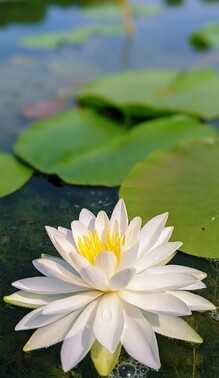 |
|
Preventing lake shore erosion
Aquatic plant roots hold soil in place and prevent waves from kicking up sediment. This prevents shoreline erosion and helps keep water clear.
Providing food and shelter to aquatic animals
Plants are the basis of the food web and provide shelter for many animals, which allows Burandt Lake to support a diverse community of fish, amphibians, insects, and waterfowl.
Filtering water
Aquatic plants remove phosphorus and nitrogen from the water to grow, which prevents algae blooms from developing during the summer.
|
|
|
What if plants interfere with recreation?
It may be unenjoyable to swim and boat in areas of the lake with many aquatic plants. But it is also unenjoyable to recreate on lakes with very poor water quality. In some circumstances, it is against the law to destroy or remove aquatic plants from lakes without a permit from the Minnesota Department of Natural Resources. Always check with the DNR before removing aquatic vegetation and leave as many aquatic plants as possible that do not interfere with recreation.
Invasive aquatic plants
Unfortunately, not all aquatic plants are beneficial for lake health. Invasive aquatic plants can take over lakes and kill native plants. Burandt Lake currently contains two species of invasive aquatic plants: Eurasian watermilfoil and curly-leaf pondweed. We can prevent the spread of these plants by supporting diverse native aquatic plant communities, which makes it harder for invasive plants to establish in a lake. Always make sure to check your boat and fishing equipment for aquatic hitchhikers when moving between lakes to prevent further spread of invasive species in Carver County.
|
|
|
You can make a big difference in the quality of Burandt Lake! Please do not hesitate to reach out to us with any questions, comments, or concerns about lake and stream health in Carver County.
|
|
|
|
|